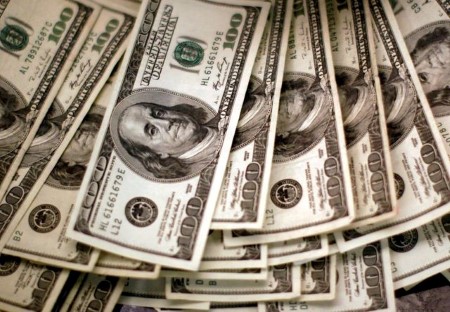




Philippines Trade Update: Trade trajectories trend along
 DOWNLOAD
DOWNLOAD

Policy Rate Updates: Double cut finale
 DOWNLOAD
DOWNLOAD

Monthly Economic Update: One for the road
 DOWNLOAD
DOWNLOAD


US yields slip after labor market data, RBA surprise

NEW YORK, Oct 4 (Reuters) – The yield on the benchmark US 10-year Treasury declined for a second straight day on Tuesday, after a surprise move by Australia’s central bank to slow its pace of rate hikes and US data showed job openings fell in August.
The Reserve Bank of Australia raised interest rates by a small-than-anticipated 25 basis points, noting they had already risen substantially but further tightening was also still necessary. Markets had been largely expecting a hike of 50 basis points.
The yield on 10-year Treasury notes was down 3.2 basis points to 3.619%.
Economic data showed job openings in the United States fell to 10.053 million in August, the most in nearly 2-1/2 years, short of the 10.775 million analysts’ estimated and a drop from the 11.17 million in July. A cooling of the labor market is one of the ingredients the US Federal Reserve is seeking to help ease inflationary pressures.
“The market is desperately looking for the end of the rate tightening cycle, or to be able to position a point on the horizon to focus on and unfortunately I don’t think the market has it,” said George Bory chief investment strategist for fixed income at Allspring Global Investments in Connecticut.
“We are looking for that and we will kind of attach some hope to almost anything that will help anchor that position, the reality is the Fed is determined, they want to get inflation down and to do that they need validation from the data.”
The yield on the 30-year bond was down 2.2 basis points at 3.684%.
Investors will see a host of data on the labor market this week, highlighted by Friday’s US payrolls report. Signs of softening in the jobs data would likely be welcomed by investors as it could raise expectations the US Federal Reserve may slow its own pace of interest rate hikes.
Recent comments from Fed officials have been in sync as they have vowed to take aggressive measures in hiking interest rates to combat rising inflation even after three straight hikes of 75 basis points.
On Tuesday, San Francisco Federal Reserve Bank President Mary Daly said the Fed needs to deliver further interest rate hikes and then keep restrictive policies in place until inflation gets back down to the central bank’s 2% target.
In addition, Fed Governor Philip Jefferson said inflation was the most serious problem the Fed is facing, and could take some time to address.
A closely watched part of the US Treasury yield curve measuring the gap between yields on two- and 10-year Treasury notes, seen as a reliable indicator of recession when inverted, was at -48.2 basis points, up from -57.85 hit two weeks ago.
The two-year US Treasury yield, which typically moves in step with interest rate expectations, was down 0.6 basis points at 4.099%.
The break-even rate on five-year US Treasury Inflation-Protected Securities (TIPS) was last at 2.334%, after closing at 2.255% on Monday.
The 10-year TIPS breakeven rate was last at 2.231%, indicating the market sees inflation averaging 2.2% a year for the next decade.
(Reporting by Chuck Mikolajczak; Editing by Emelia Sithole-Matarise and Chizu Nomiyama)
This article originally appeared on reuters.com





 By Reuters
By Reuters